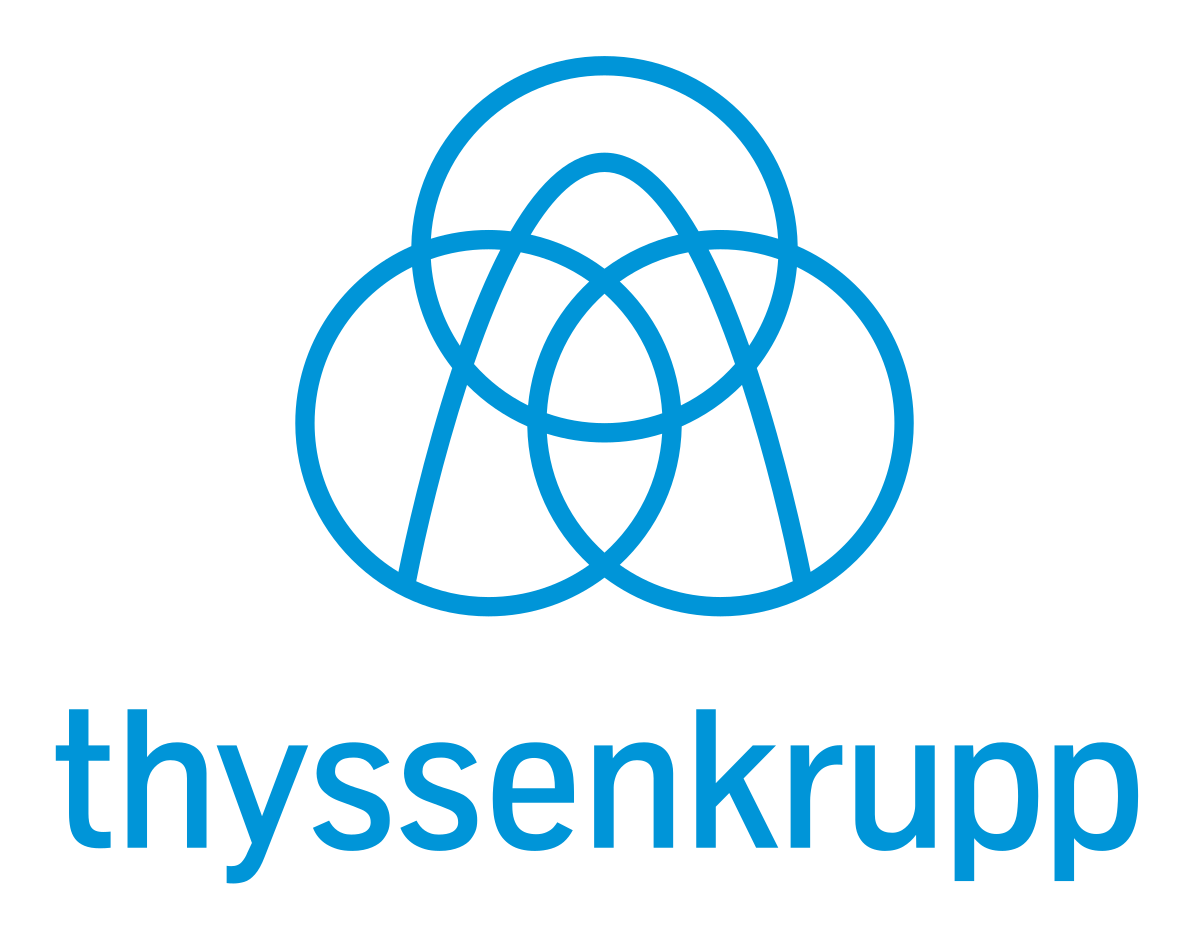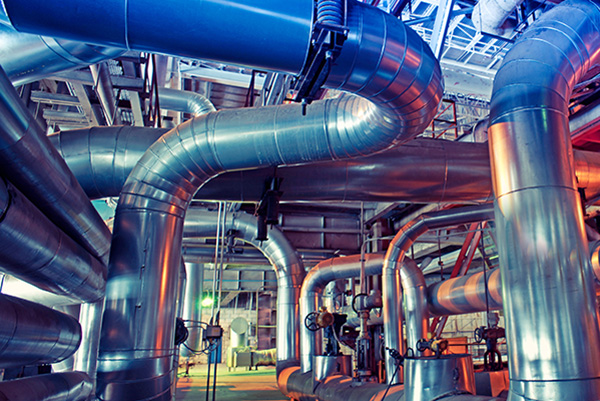Technology Type
- Type
- Haber-Bosch Process
- Process
- Industrial Gas Production
-

- #TT51
Description
Your insights will be shown here
| Technology | Owner | Entity |
|---|---|---|
| Technology | Technology Entity | |

|
KBR | |

|
Linde Engineering | |

|
thyssenkrupp Industr | |
|
|
Topsoe | |
|
|
Topsoe |
Content provided by
| Transaction | Name | Date |
|---|---|---|
| Modified by |
|
7/9/2025 8:42 AM |
| Added | 3/5/2022 7:11 AM |









